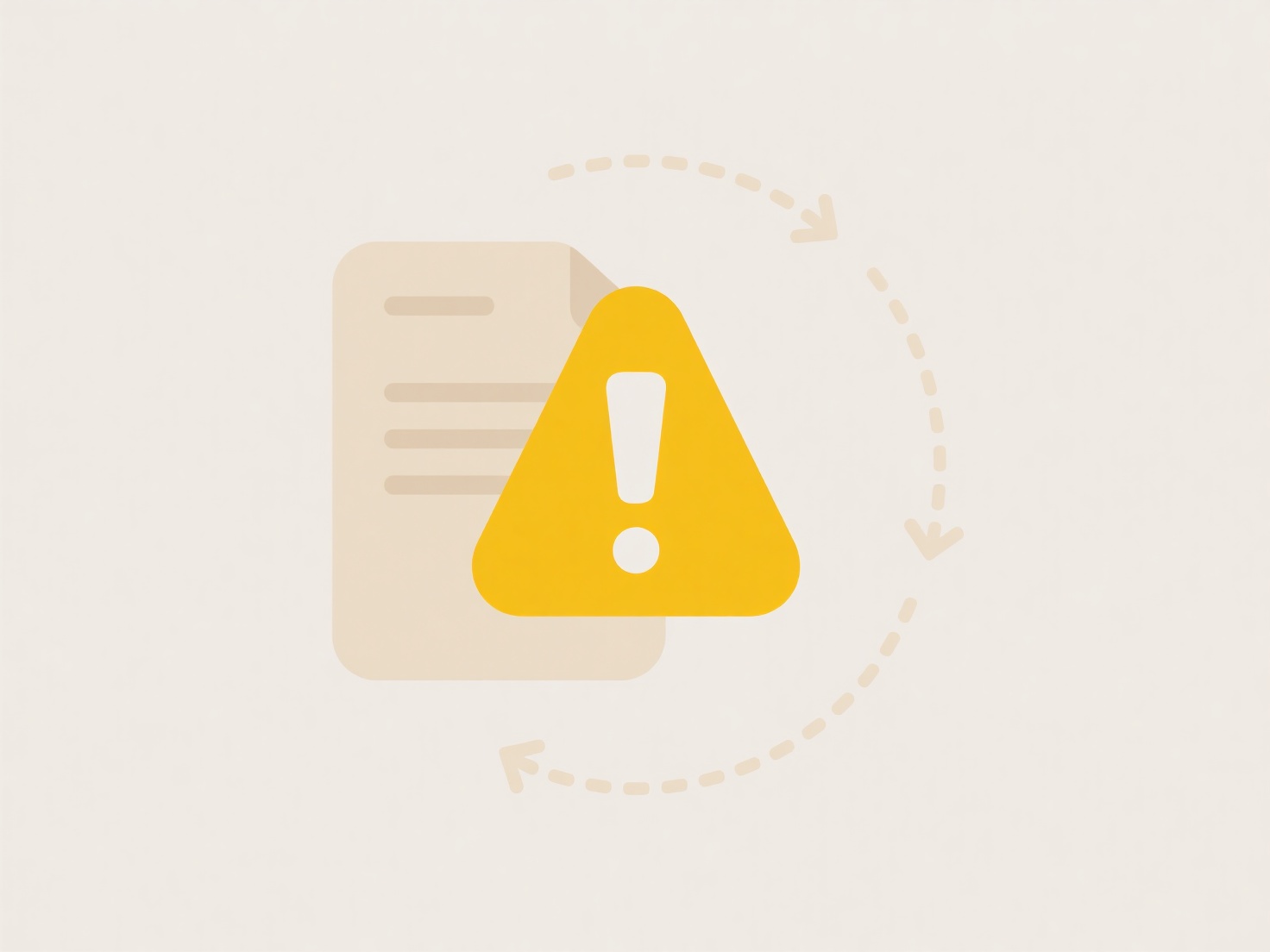
File export compliance risks refer to potential violations of regulations when transferring data outside organizational systems. These occur primarily due to exposing sensitive or controlled data improperly. Key risks include unauthorized access to regulated data like PII (Personally Identifiable Information) during transfer, violating geographical restrictions (data residency laws), or sending data to insecure storage locations lacking sufficient safeguards. This differs from internal data storage risks by involving external movement and different jurisdictions.

For example, exporting a file containing EU customer addresses to an unprotected cloud server in another country could violate GDPR (General Data Protection Regulation) requirements for data residency and security. Similarly, a healthcare provider accidentally emailing patient health records externally without encryption breaches HIPAA (Health Insurance Portability and Accountability Act) mandates in the US.
Failure to manage these risks can result in severe penalties, reputational damage, and loss of customer trust. Mitigation involves deploying technical controls like encryption and access restrictions during export workflows, regular audits, and staff training. Complexities arise with evolving global regulations and the increased use of third-party cloud platforms. Robust data classification and export control automation are becoming critical investments.
What are common compliance risks during file export?
File export compliance risks refer to potential violations of regulations when transferring data outside organizational systems. These occur primarily due to exposing sensitive or controlled data improperly. Key risks include unauthorized access to regulated data like PII (Personally Identifiable Information) during transfer, violating geographical restrictions (data residency laws), or sending data to insecure storage locations lacking sufficient safeguards. This differs from internal data storage risks by involving external movement and different jurisdictions.

For example, exporting a file containing EU customer addresses to an unprotected cloud server in another country could violate GDPR (General Data Protection Regulation) requirements for data residency and security. Similarly, a healthcare provider accidentally emailing patient health records externally without encryption breaches HIPAA (Health Insurance Portability and Accountability Act) mandates in the US.
Failure to manage these risks can result in severe penalties, reputational damage, and loss of customer trust. Mitigation involves deploying technical controls like encryption and access restrictions during export workflows, regular audits, and staff training. Complexities arise with evolving global regulations and the increased use of third-party cloud platforms. Robust data classification and export control automation are becoming critical investments.
Quick Article Links
How do I make file sharing compliant with GDPR/CCPA?
GDPR (EU) and CCPA (California) are data privacy laws governing personal data handling. GDPR emphasizes consent, rights ...
How do I check who has access to a file?
To check who has access to a file means examining its permission settings. File permissions are rules defining which use...
How do I rename simulation or analysis outputs?
Renaming simulation or analysis outputs refers to changing the identifier (e.g., filename, dataset name) assigned to com...